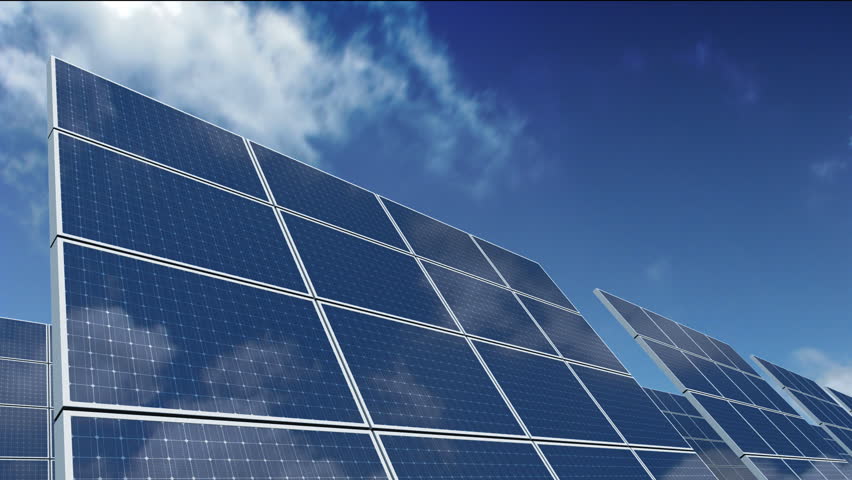
Muscat: Oman is on the verge of a major shift to renewable energy as the government rolls out regulations and projects to harness the massive potential of wind and solar.
In an interview with Times of Oman, Chris Breeze, Shell Oman Country Chairman, highlighted the potential in the Sultanate in renewables and Shell’s initiatives to accelerate the process.
**media[737658]**
“If you look at the developments over the last few years, the introduction of Sahim by AER could unlock rooftop solar for domestic and industrial use. Oman is potentially on the threshold of a major shift to renewables,” he said.
He was referring to Oman’s first renewable energy initiative that was launched by the Authority for Electricity Regulation (AER) earlier this year that allows residents to install solar rooftop panels while being connected to the grid. Such an installation can reduce load on electricity generation by conventional gas powered sources and allows excess energy to be sold back to the grid. Previously, connection to the grid was not facilitated by AER. OPWP announced in its seven year statement recently that it plans tendering Oman’s first commercial scale solar PV power plant that should be operational by 2020 and have a capacity of at least 200MW.
“In terms of large scale solar or wind power, the Government has announced two solar tenders later this year or next year. What is clear is the scope for renewables in Oman is enormous,” he added.
Shell is working on large scale solar projects in Oman. It is currently carrying out solar PV installations in schools at four different locations as a part of the pilot phase of ‘Solar in Schools’ initiative. The pilot phase is completed and running according to officials at Shell.
Abu Dhabi based Masdar recently signed an EPC contract to build a large scale wind power project in Dhofar region.
The project is expected to power 16,000 homes and is one of Rural Area Electricity Company’s (RAECO) projects in alternative electricity generation.
Even with the huge potential in renewables in Oman, both solar and wind power output fluctuate, therefore, natural gas may still be the backbone of electricity generation in the years to come and energy transportation and battery storage will be crucial to making a major leap in this area.
“There are already grid linkages across borders between many countries, including in the Middle East. I think this trend is likely to continue. How to carry energy is interesting and transportation of energy is something that is open to innovation. So one could envisage, for example, solar power generated in Oman being used to manufacture hydrogen which could then be shipped around the world, much like LNG is these days, and used to generate electricity at the destination.
“Many different ways to transport energy could be envisaged. If we can figure out ways to transport energy that are better than oil and gas, that would be significant,” he explained.
“I am not sure about the relative economics of solar and wind power versus gas generation as it is not always easy thing to measure given intermittency. But one can envisage solar power soon being competitive with gas and certainly better than diesel. The competitiveness of solar in Oman is not clear to me because I am not aware of the economic cost of gas powered generation.”